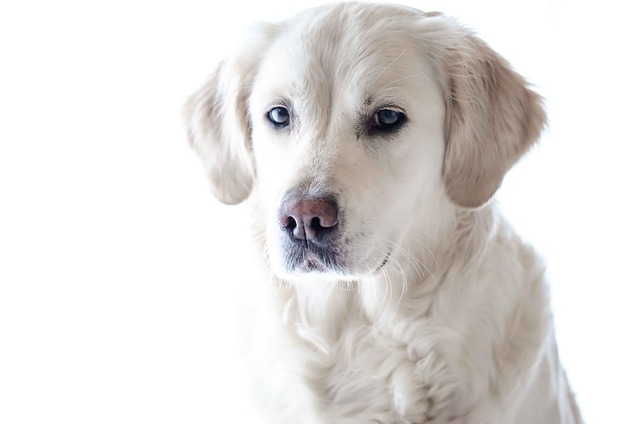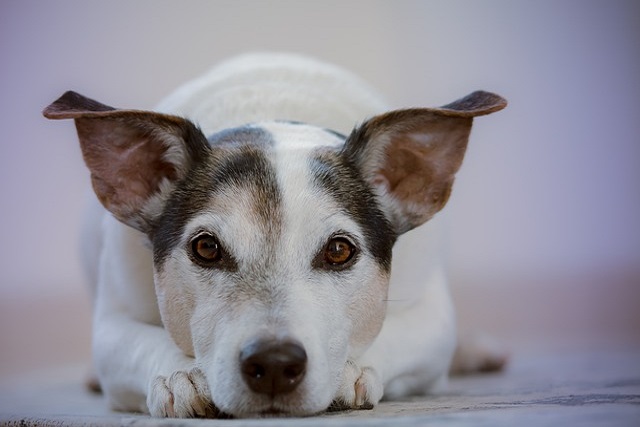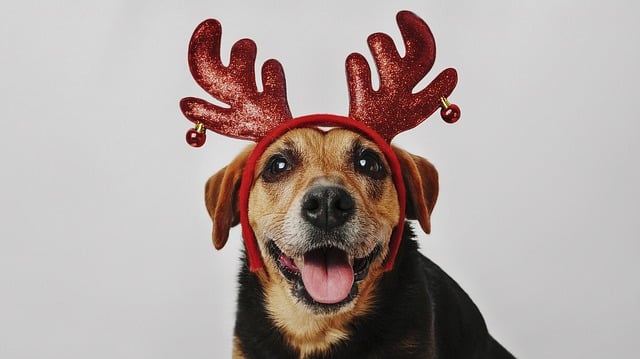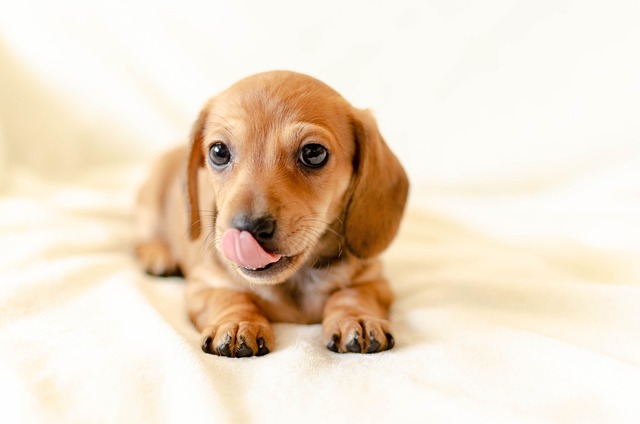Teaching a dog to catch is not only a fun interaction, but also a process of cultivating its agility and concentration. In this process, the relationship between the owner and the dog will continue to grow. Next, I will explain in detail how to guide the dog to master this interesting skill.
First of all, it is crucial to choose the right training props and environment. Soft, light and moderately sized objects are the best choice, such as small plush toys or special pet training balls, to avoid hard or heavy objects that may hurt the dog. The training environment should be quiet, spacious and without too much interference, so that the dog can focus on training. If it is indoors, make sure the ground is dry and non-slip to prevent the dog from falling when running and jumping; if it is outdoors, try to choose a flat and clean grass. Such an environment can not only ensure the safety of the dog, but also make it relax and more willing to cooperate with the training.
Establishing the dog's cognition of the command "catch" is the first step in training. Let the dog sit in front of you and maintain eye contact. At this time, whisper the command "catch", then shake the object in your hand in front of its eyes, and then gently put it on its nose for it to sniff. If the dog opens its mouth and touches the object, immediately give it praise and rewards, such as gently stroking its head, saying "good boy", and then feeding it a small piece of delicious snacks. By repeating this operation many times, let the dog gradually associate the sound of "catch" with the object in front of it, and understand that when it hears "catch", it is related to the object in front of it.
 When the dog has a preliminary response to the command of "catch", you can try to let it catch the object handed out from your hand. Still let the dog sit, first say "catch" clearly, then slowly pass the object to its mouth, and when it opens its mouth to bite it, immediately give rewards and praise. At the beginning, the dog may not be very skilled and may not be able to bite it. At this time, don't be anxious or criticize it, but try again patiently. As the number of training increases, the dog will understand your intentions more and more, and the success rate of catching objects will gradually increase.
When the dog has a preliminary response to the command of "catch", you can try to let it catch the object handed out from your hand. Still let the dog sit, first say "catch" clearly, then slowly pass the object to its mouth, and when it opens its mouth to bite it, immediately give rewards and praise. At the beginning, the dog may not be very skilled and may not be able to bite it. At this time, don't be anxious or criticize it, but try again patiently. As the number of training increases, the dog will understand your intentions more and more, and the success rate of catching objects will gradually increase.
In order for the dog to learn to catch the thrown objects, it needs to be guided step by step. First, gently throw the object not far in front of the dog, and issue the command "catch" at the same time. At first, the dog may be frightened by the suddenly thrown object, or don't know what to do, just stare blankly. At this time, you can encourage it with an excited tone, such as saying loudly "Go, catch it" and making guiding gestures. If the dog runs over to pick up the object, even if it is not caught in the air, praise it in time, and then let it return the object and give it a reward. After many practices, the dog will slowly adapt to the rhythm of throwing objects and begin to try to catch them in the air. When it successfully catches it once, the joy and sense of accomplishment will make you and the dog excited. At this time, you must give it the warmest praise and the most generous reward to strengthen its behavior.
During the training process, the dog's state and mood need to be paid attention to at all times. If the dog shows fatigue, impatience or resistance, you should stop training, give it some rest time, and play other games with it for a while to relieve the pressure of training. Each dog has different learning abilities and acceptance levels. Some dogs may be able to master the skill of catching things quickly, while others may need more time and patience.
When the dog can skillfully catch the objects you throw, you can also increase the difficulty and fun of the training. For example, change the direction, height and speed of the thrown objects so that the dog can catch them accurately in different situations. You can also play some interactive games with the dog, such as competing with it to see if it can catch the thrown objects faster than you. In this process, you will find that the dog's reaction is getting more and more agile, and the cooperation with you is getting more and more tacit.
Teaching a dog to catch things is not only teaching it a skill, but also a journey full of love and patience. In this process, the trust between you and the dog will continue to deepen, and the emotions will become deeper. Watching the dog go from being ignorant at first to being able to catch objects accurately, the relief and pride cannot be described in words. And the dog will also feel your love and attention during training, and rely on and trust you more.

 When the dog has a preliminary response to the command of "catch", you can try to let it catch the object handed out from your hand. Still let the dog sit, first say "catch" clearly, then slowly pass the object to its mouth, and when it opens its mouth to bite it, immediately give rewards and praise. At the beginning, the dog may not be very skilled and may not be able to bite it. At this time, don't be anxious or criticize it, but try again patiently. As the number of training increases, the dog will understand your intentions more and more, and the success rate of catching objects will gradually increase.
When the dog has a preliminary response to the command of "catch", you can try to let it catch the object handed out from your hand. Still let the dog sit, first say "catch" clearly, then slowly pass the object to its mouth, and when it opens its mouth to bite it, immediately give rewards and praise. At the beginning, the dog may not be very skilled and may not be able to bite it. At this time, don't be anxious or criticize it, but try again patiently. As the number of training increases, the dog will understand your intentions more and more, and the success rate of catching objects will gradually increase.



